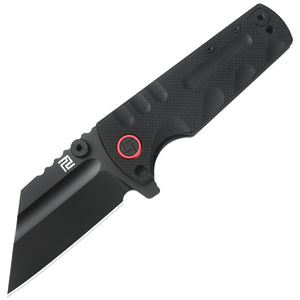Knife flipping is an exciting and skillful activity that combines dexterity, precision, and a touch of artistry. For those new to the world of knife flipping, understanding the fundamentals is crucial. This article will delve into the techniques, tools, and tips that every aspiring knife flipper should know.

Understanding the Knife Flipper
A knife flipper is not just a tool; it is a mechanism that allows for quick and efficient opening of folding knives. The design typically includes a blade that can be deployed with a simple flick of the wrist. This feature is particularly popular among outdoor enthusiasts, collectors, and those who appreciate the craftsmanship of knives.
Key Components of a Knife Flipper
- Blade: The heart of the knife, available in various shapes and materials.
- Handle: Provides grip and control, often made from durable materials.
- Pivot Mechanism: Allows the blade to rotate smoothly for quick deployment.
- Flipper Tab: A protrusion on the blade that facilitates flipping.
Essential Techniques for Knife Flipping
Mastering the art of knife flipping requires practice and patience. Here are some essential techniques that every knife flipper should focus on:
- Grip: Ensure a firm grip on the handle. Your fingers should be positioned to allow for maximum control.
- Flicking Motion: Use a quick flick of the wrist to deploy the blade. The motion should be fluid and confident.
- Practice: Regular practice is key. Start with slow motions to build muscle memory before increasing speed.
Safety Considerations for Knife Flippers
While knife flipping can be thrilling, safety should always be a priority. Here are some safety tips:
- Always ensure the blade is sharp and well-maintained.
- Practice in a safe environment, away from others.
- Wear protective gear if necessary, especially when practicing advanced techniques.
Choosing the Right Knife Flipper
When selecting a knife flipper, consider the following factors:
- Blade Material: Look for high-quality steel for durability and sharpness.
- Handle Design: Choose a handle that feels comfortable and secure in your hand.
- Brand Reputation: Opt for brands known for their craftsmanship and reliability.
For a wide selection of high-quality knife flippers, visit  . This collection features various styles and designs that cater to both beginners and seasoned enthusiasts.
. This collection features various styles and designs that cater to both beginners and seasoned enthusiasts.
Conclusion
Becoming a skilled knife flipper takes time and dedication. By understanding the mechanics, practicing essential techniques, and prioritizing safety, you can master this art form. Whether for practical use or as a hobby, knife flipping offers a unique blend of skill and enjoyment. So, grab your knife, practice your flips, and enjoy the journey!



